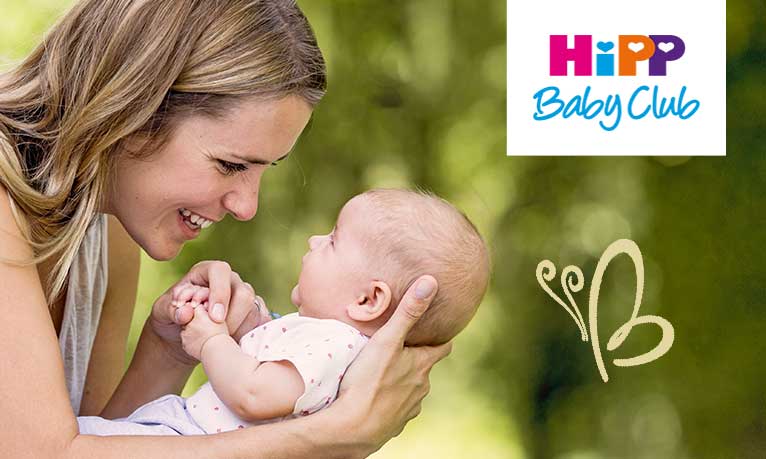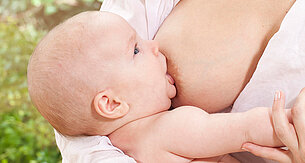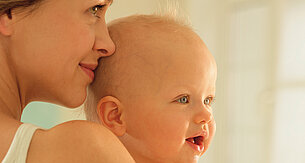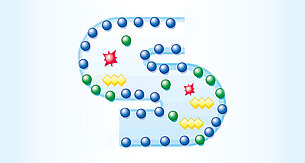Health experts advise on how to read the label for added sugars
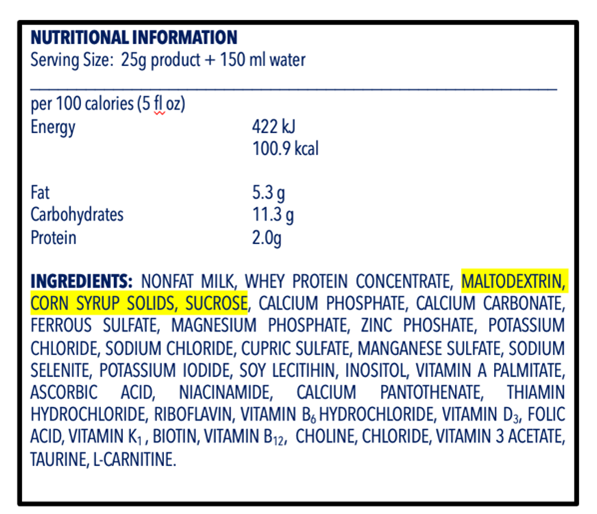
Health experts advise on how to read the label for added sugars
“For children, often the biggest source of added sugars is not what they eat. It’s what they drink.”1
Added sugars are those that are added to foods and beverages during processing or before consumption. Added sugars have many different names. In milk supplements, added sugars can include maltodextrin, corn syrup solids, hydrolysed cornstarch, glucose, fructose and sucrose.2 The natural sugar of breast milk is lactose.
In children, overconsumption of added sugars contributes to the high prevalence of obesity and being overweight3-4 and may lead to an increased risk of developing type 2 diabetes.5 It is also associated with dental diseases such as tooth decay that can lower a child’s self-confidence or self-esteem and are also expensive to treat.6
Here is how you will know whether the milk formula you are buying for your child contains added sugars.1
Like breast milk, milk formulae also contain lactose, which is the only type of sugar that naturally occurs in milk. This means that all other sugars found in milk formulae are added sugars.
Read the ingredients on the nutrition facts section of the product labels carefully.
You can find added sugars by reading the ingredients which are listed in order of the highest to lowest content. For children below 2 years, aim for zero added sugars. For children from 2 to 4 years of age, aim for less than 15 grams/day, based on energy requirements from the Food and Agriculture Organization of the United Nations (FAO).
At HiPP, children are the focus of our attention by carefully selecting ingredients that are closest to nature. HiPP Organic Combiotic® uses only the natural milk sugar lactose and contains no added sugars. Give your child HiPP Organic Combiotic®. Help support your child’s health and development with organic and naturally sourced ingredients.
Reference:
1American Academy of Pediatrics. How to Reduce Added Sugar in Your Child’s Diet: AAP Tips. HealthyChildren.org. healthychildren.org/English/healthy-living/nutrition/Pages/How-to-Reduce-Added-Sugar-in-Your-Childs-Diet.aspx. Published April 20, 2021. Accessed November 7, 2022.
2 Centers for Disease Control and Prevention. Division of Nutrition, Physical Activity, and Obesity. www.cdc.gov/healthyweight/healthy_eating/sugar.html
3de Ruyter JC, Olthof MR, Seidell JC, Katan MB. A trial of sugar-free or sugar-sweetened beverages and body weight in children. N Engl J Med. 2012;367(15):1397-1406.
4Luger M, Lafontan M, Bes-Rastrollo M, Winzer E, Yumuk V, Farpour-Lambert N. Sugar-Sweetened Beverages and Weight Gain in Children and Adults: A Systematic Review from 2013 to 2015 and a Comparison with Previous Studies. Obes Facts. 2017;10(6):674-693.
5Malik VS, Popkin BM, Bray GA, Després JP, Willett WC, Hu FB. Sugar-sweetened beverages and risk of metabolic syndrome and type 2 diabetes: a meta-analysis. Diabetes Care. 2010;33(11):2477-2483.
6Moynihan P, Petersen PE. Diet, nutrition and the prevention of dental diseases. Public Health Nutr. 2004;7(1A):201-226.

